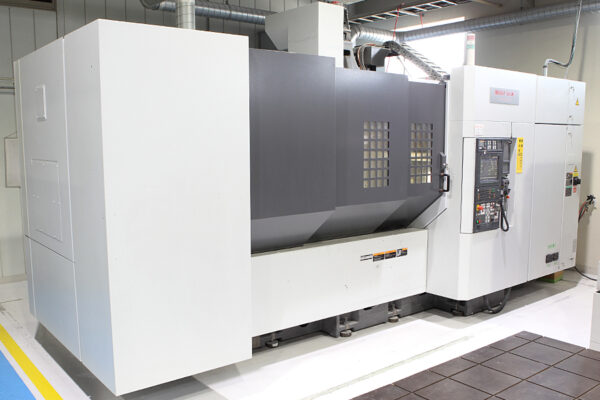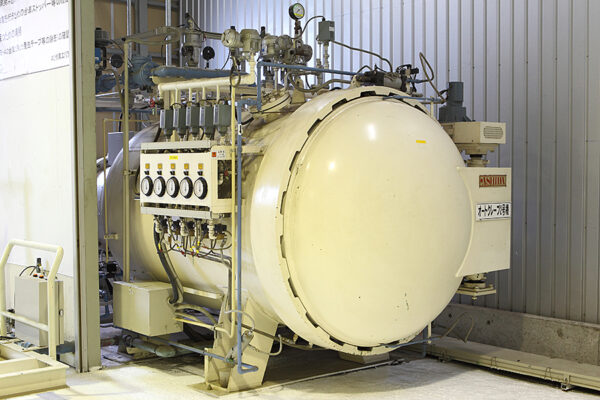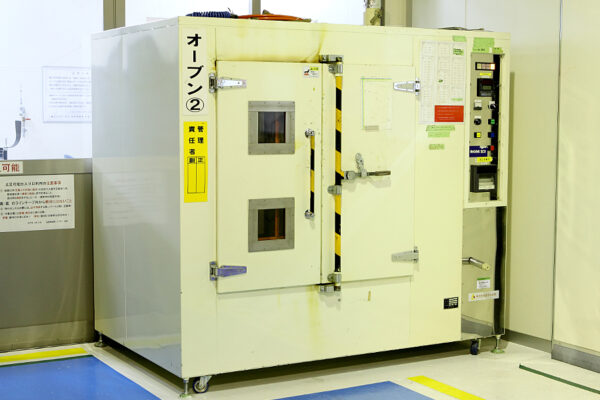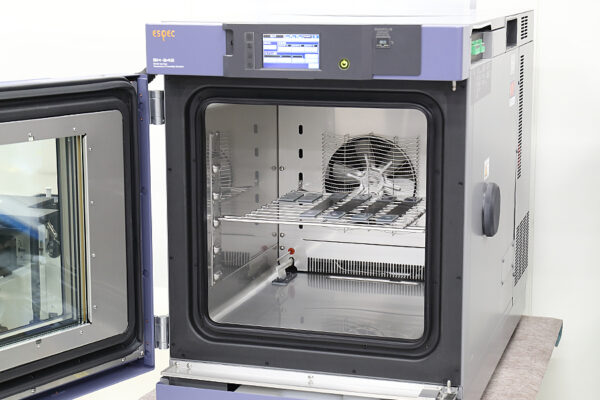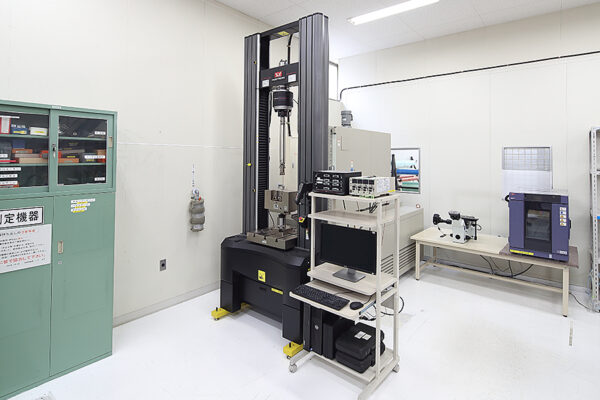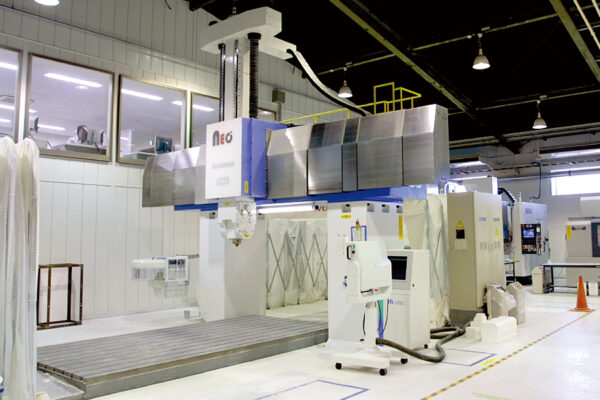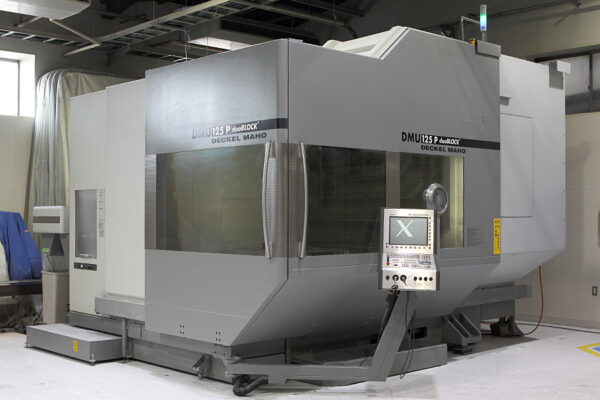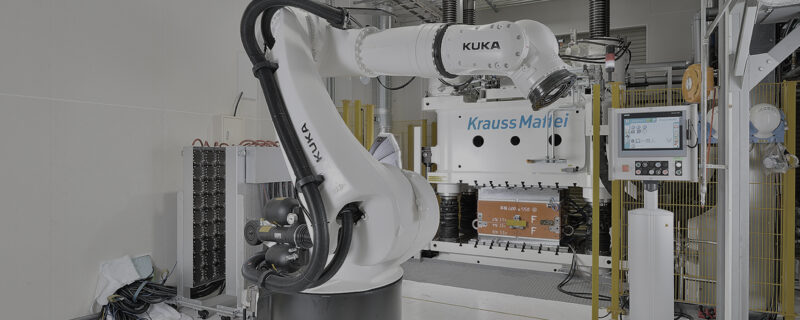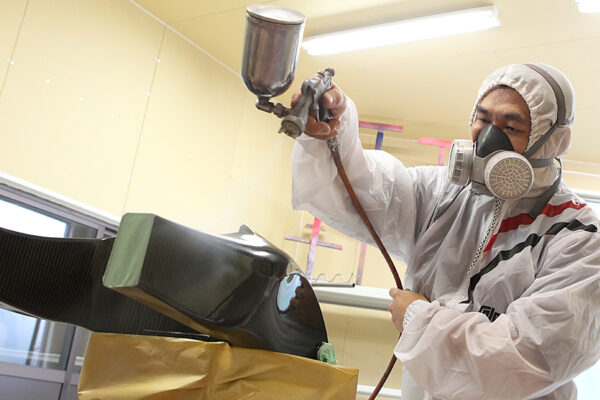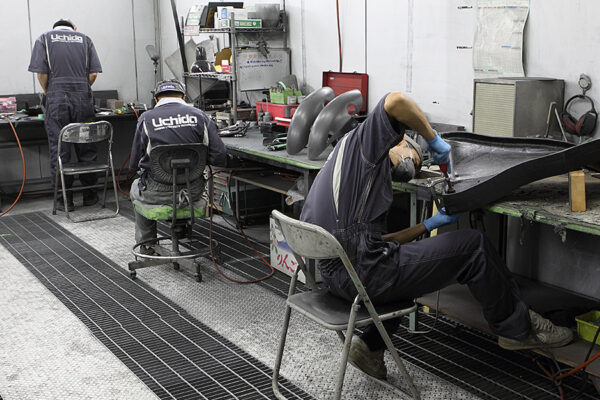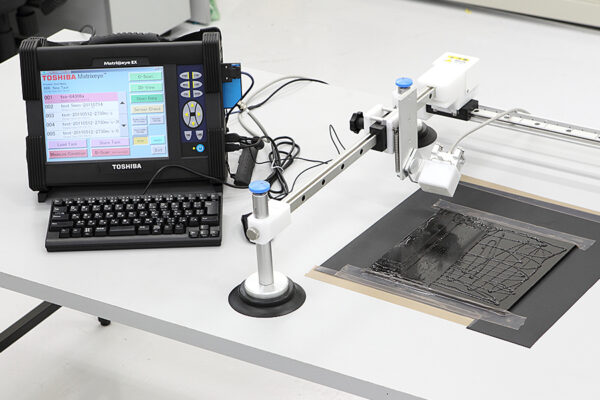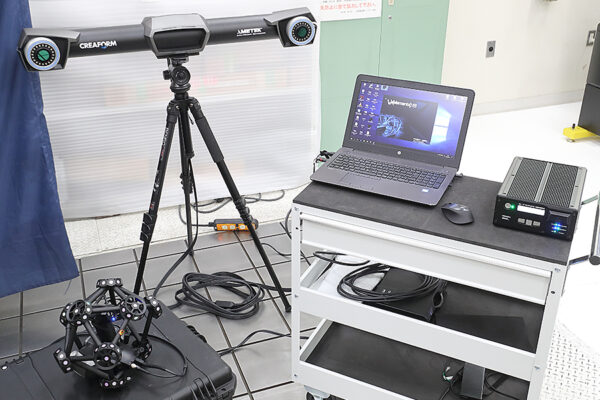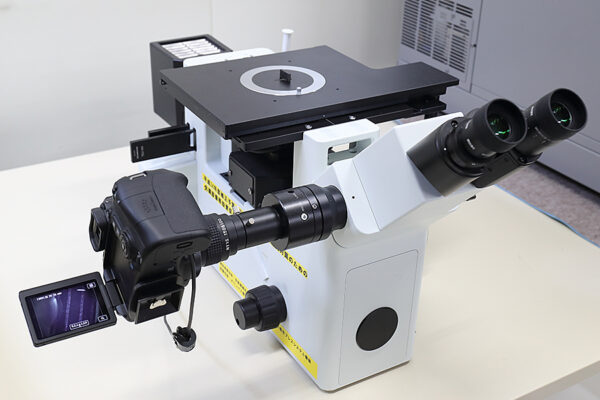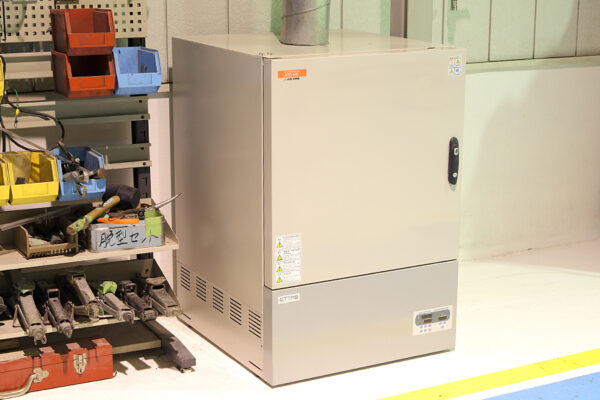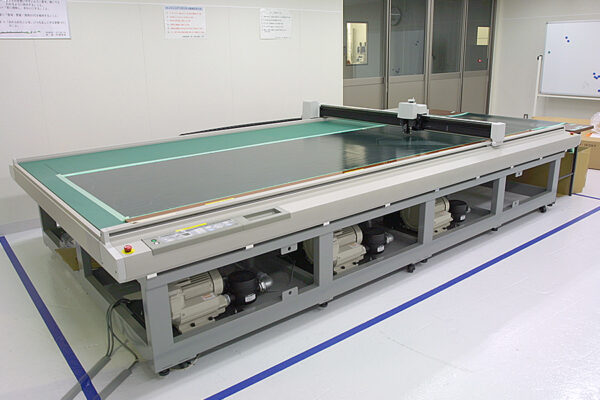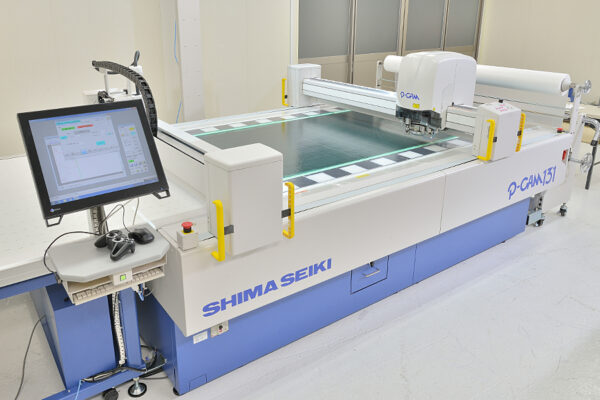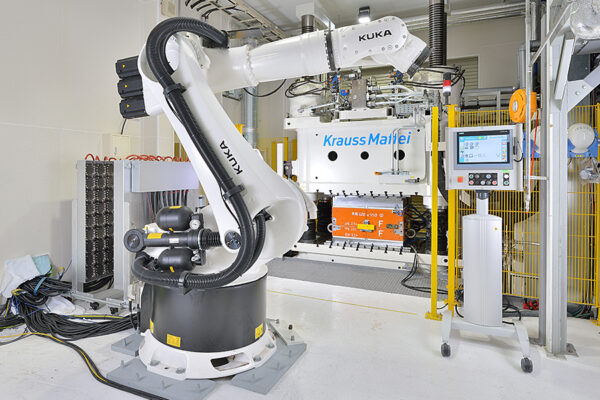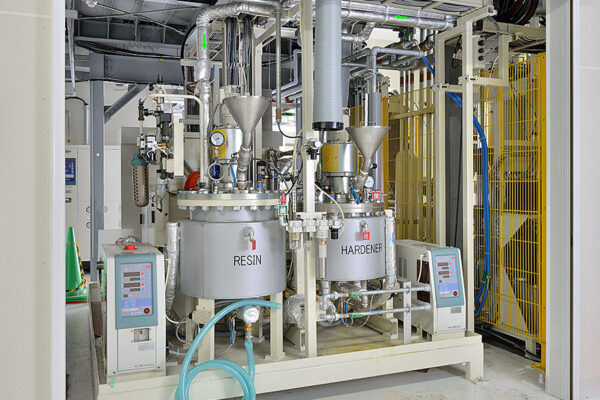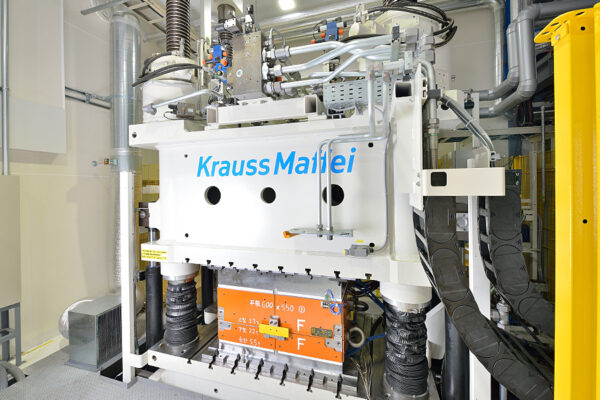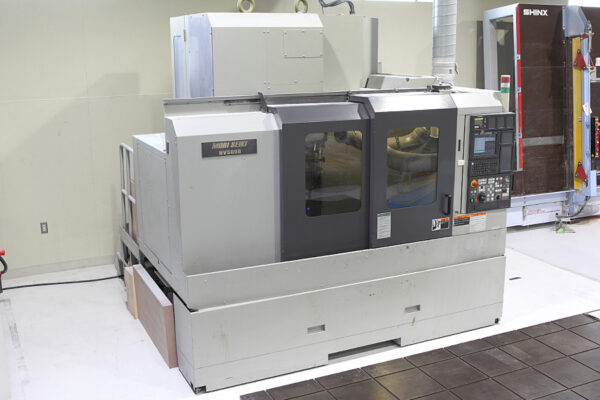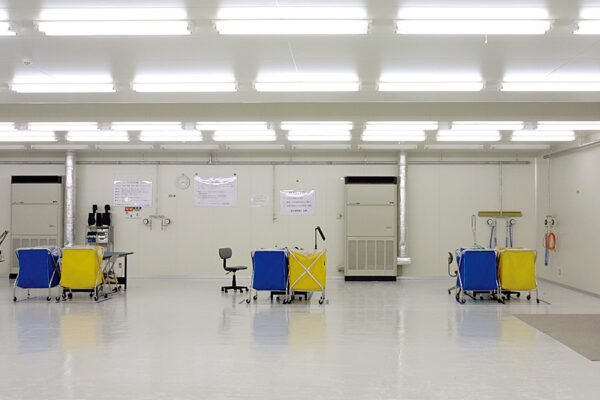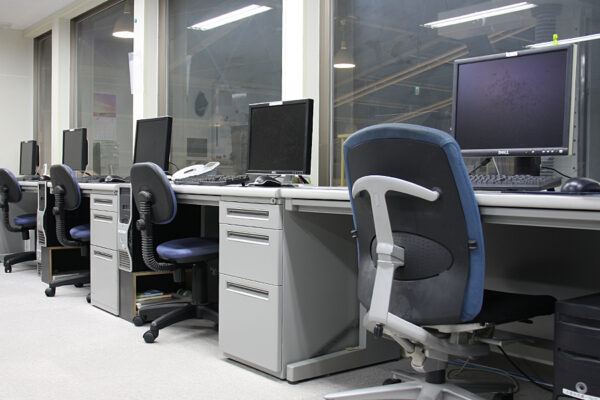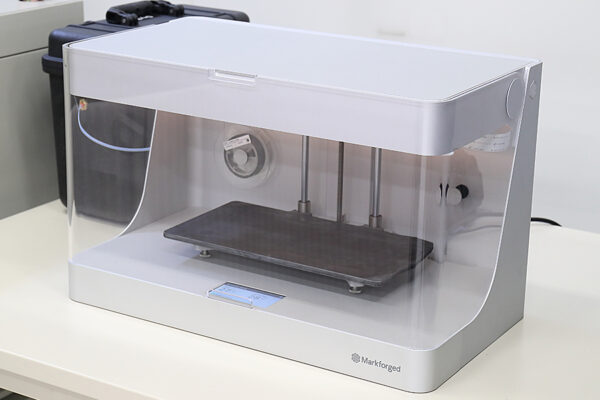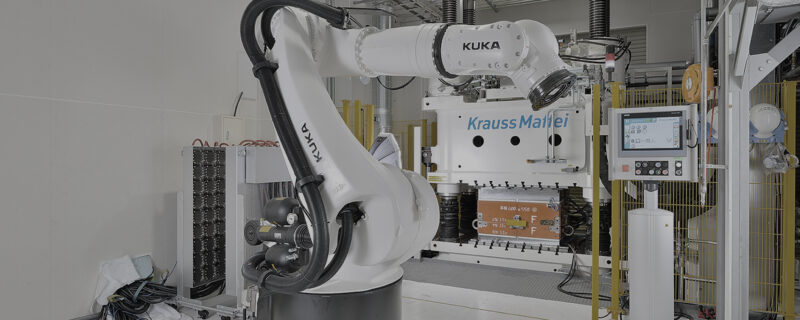Introduction
CFRP (Carbon Fiber Reinforced Plastic) is a composite material with lightweight and high-strength properties that is widely used mainly in the aerospace, automotive, and sporting goods industries. CFRP molds are particularly powerful in situations where precision machining is required to reduce weight and increase strength. In this column, characteristics, manufacturing methods, and main applications of CFRP molds are explained in detail.
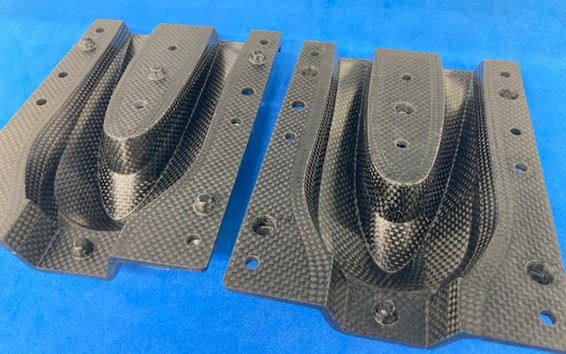
Basic Structure of CFRP Mold
CFRP mold is a composite material consisting of a resin (such as epoxy resin) with carbon fiber as a base material. CFRP type has different manufacturing methods and performance depending on its shape and design, but its basic feature is that it can achieve both weight reduction and strength improvement.
Features of CFRP molds
High strength and high rigidity
CFRP molds have high tensile strength and rigidity due to the properties of carbon fiber. This makes it possible to reduce the weight of parts that require strength, and improves resistance to mechanical impacts and loads.
lightweight
The greatest advantage of CFRP molds is their light weight. Although carbon fiber is much lighter than steel or aluminum, it exhibits equal strength, making it particularly suitable for applications requiring lightweight components, such as aircraft and automotive parts.
corrosion resistance
CFRP molds are more resistant to corrosion than metals. This allows it to maintain its performance for a long period of time even in harsh environments, and is especially used for parts that are susceptible to chemicals and moisture.
High degree of design freedom
CFRP molds are extremely free in molding and can reproduce complex shapes and fine details. The high degree of freedom in mold design allows for more freedom in the design stage, enabling the creation of products exactly as intended by the designer.

CFRP Mold Manufacturing Methods
There are multiple processes for manufacturing CFRP molds. The main manufacturing methods used are as follows
autoclave molding
Autoclave molding is a method of molding CFRP molds using pressure and heat. Autoclaves can produce very high quality CFRP products because temperature and pressure can be tightly controlled. This method is widely used in the aerospace and automotive industries.
– Features: high precision, high strength, and uniform molding
– Applications: aircraft parts, automotive parts
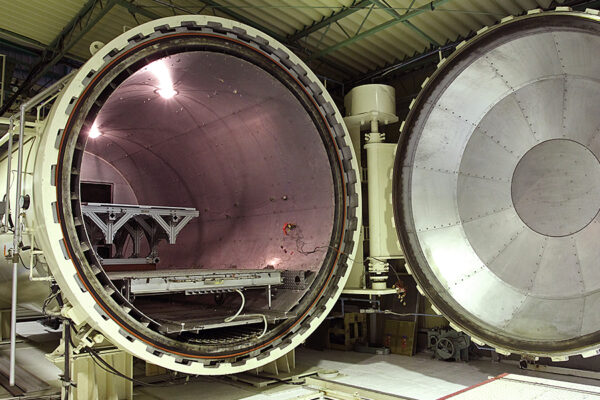
Autoclave Oven 3
Size : Ø3,000×6,000mm / Operating temperature : at normal temperature – 200℃ / Distribution accuracy : ±2.5℃less / Heating rate : 4.0℃/min. (empty furnace) / Cooling rate : 4.0℃/min. (empty furnace) / Design pressure : 0.99Mpa (maximum working pressure) / Working pressure : 0.7Mpa less (if no specification from the manufacuturer 0.3Mpa around) / Pressure accuracy : ±0.02Mpa(for pressure setting of 0 – 0.99Mpa/cm²) / Boost pressure accuracy : 0 – 0.03Mpa/min / Pressure source : compressed air (regular use) / Vacuum system : back suction system / Vacuum units : 10
RTM (Resin Transfer Molding) molding
RTM molding is a molding method in which carbon fiber fibers are placed in a mold and resin is injected into them. The molding process is called autoclave molding. This process can be produced at a lower cost than autoclave molding, but may be slightly less precise and stronger.
– Features: low cost, relatively quick production
– Applications: sporting goods, building materials
Hand Stack Molding
Hand stack molding is a method where carbon fiber is stacked by hand and infiltrated with resin. This method is suitable for small-lot production and prototypes, but not for mass production.
– Characteristics: Allows fine adjustments by hand, for small lots
– Applications: Prototypes, custom products
Prepreg Molding
Prepreg molding is a method of molding using prepreg in which resin has been pre-impregnated into the fibers. This allows for the efficient production of high-precision products.
– Features: high precision, rapid production
– Applications: aircraft parts, sporting goods
CFRP Mold Applications
CFRP molds are ideal for products that require light weight and strength. They are utilized in the following fields.

Aerospace Industry
CFRP molds are used for structural parts of aircraft, wings, and parts of airframes. CFRP molds are lightweight and high-strength, contributing to improved aircraft performance.
automotive industry
CFRP molds are used in automobile body panels and chassis parts, and even in racing car parts. The weight reduction improves fuel efficiency and speed performance.
sporting goods
CFRP molds are also used in sporting goods such as bicycle frames, golf clubs, and ski boards. Because of its light weight and high strength, CFRP mold can maximize athletic performance in sporting goods.
building materials
CFRP-type is also used as a reinforcing material in buildings, especially for reinforcement to improve earthquake resistance.
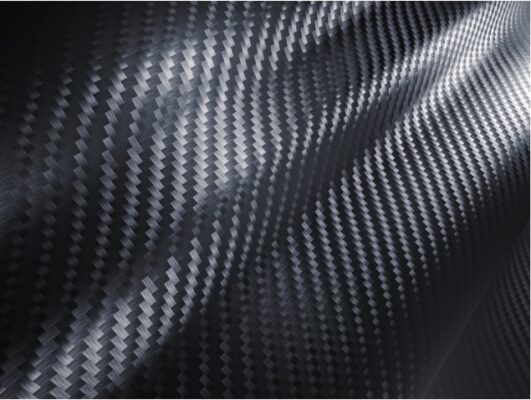
Conclusion
CFRP molds are composite materials that simultaneously reduce weight and increase strength, and are used in a variety of fields, including aerospace, automotive, and sporting goods. In terms of manufacturing methods, technologies that combine precision and efficiency are evolving, and it is expected that CFRP molds will be used in many more industries in the future. the selection of materials at the design stage is a very important factor, as the performance of a product can be significantly improved by choosing CFRP molds.
Related useful contents
You can explore related content by clicking on a topic of interest.
ABOUT UCHIDA - 55 years since our founding
We leverage a wealth of technical expertise as a CFRP molding and processing manufacturer using FRP, GFRP, and CFRP materials. We offer a one-stop solution, encompassing design, analysis, manufacturing, secondary processing, assembly, painting, quality assurance, and testing.
UCHIDA's equipment
We have cutting-edge equipment to ensure that we can address even the most advanced challenges of our customers.
Video Library
In the following video, we provide a detailed overview of our manufacturing process. Please feel free to watch and learn more.


